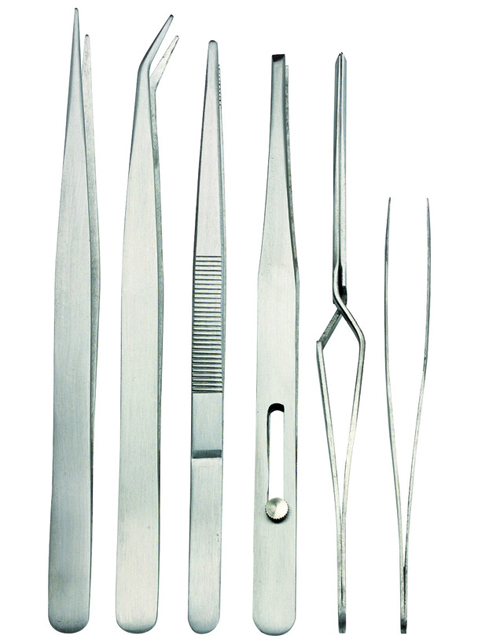
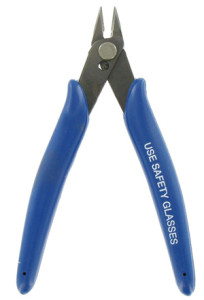 Snips and clippers. Snips and clippers are widely used in electronics jobs for cutting pins, wires and many other things. Diagonal cutters are the most commonly used tool for electronics jobs. These are comfortable to use and have strong nippers for perfect trimming of wires and leads. There are also heavy-duty compound-action snips available that can be used to cut stuff like general-purpose PCBs. A diagonal cutter and a heavy-duty compound-action snip make a good combination.
Snips and clippers. Snips and clippers are widely used in electronics jobs for cutting pins, wires and many other things. Diagonal cutters are the most commonly used tool for electronics jobs. These are comfortable to use and have strong nippers for perfect trimming of wires and leads. There are also heavy-duty compound-action snips available that can be used to cut stuff like general-purpose PCBs. A diagonal cutter and a heavy-duty compound-action snip make a good combination.
Wire stripper. A simple manual wire stripper is a pair of opposing blades with a notch in the middle that makes it easier to remove the insulation without cutting the core of the wire. Such clippers don’t give you good results as you would need different notch sizes for different wires. There are good-quality multi-gauge strippers available that have different notches for different AWG.
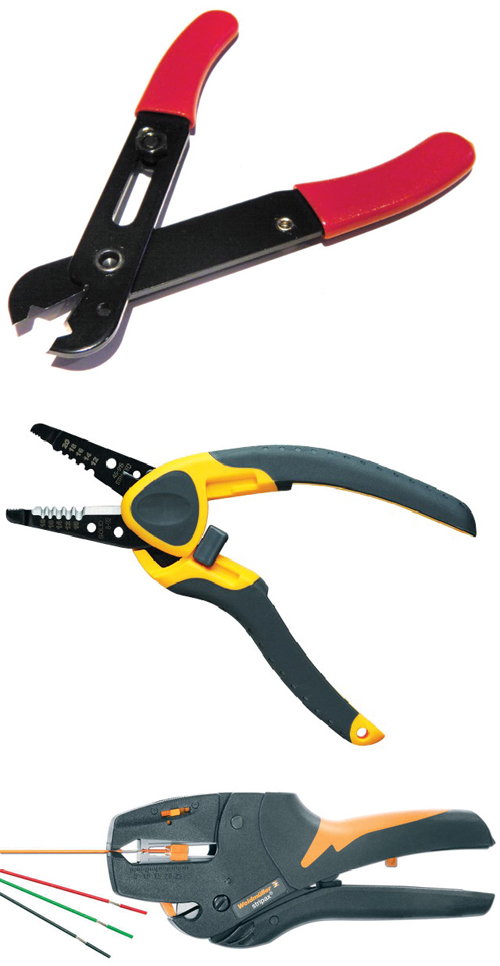
There are also automatic wire strippers that simultaneously grip the wire from one side and cut and remove the insulation from the other. These allow very quick stripping of wires but you don’t really need one. Multi-gauge stripper is good enough in almost all the cases.
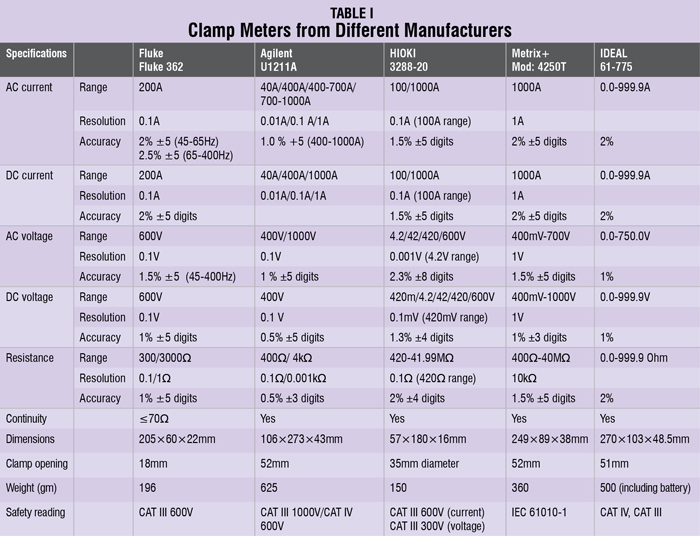
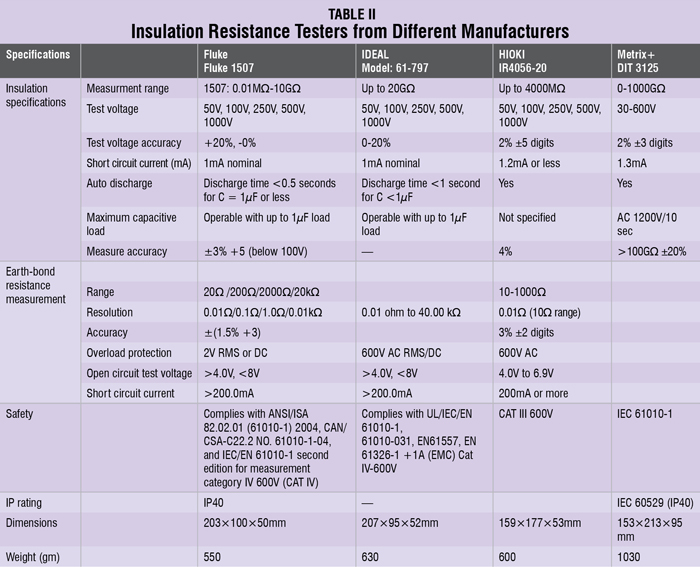
Screwdriver set. Look for a good-quality multi-purpose screwdriver set with complete set of extension bits. Trust me you will need all of them at some point or the other.
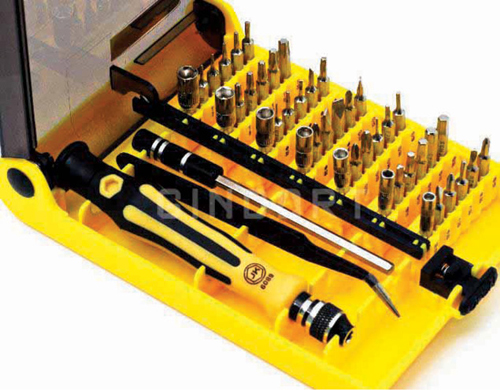
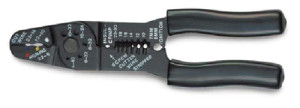 Crimping tools. A crimping tool is a tool designed to connect a connector to the end of a cable. There are different types of crimping tools for different types of connectors. For example, for network cables there is an RJ45 crimping tool that crimps the network cable to RJ45 connector. In a toolkit, look for one of those universal crimping tools that can crimp more than one type of connectors.
Crimping tools. A crimping tool is a tool designed to connect a connector to the end of a cable. There are different types of crimping tools for different types of connectors. For example, for network cables there is an RJ45 crimping tool that crimps the network cable to RJ45 connector. In a toolkit, look for one of those universal crimping tools that can crimp more than one type of connectors.
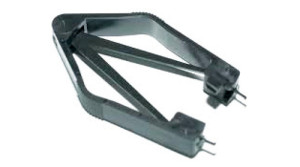 IC extractor. IC extraction tool is highly useful while de-soldering SMD chips with packages like SOIC, quad and PLCC. This tool helps in neat and clean de-soldering by lifting the IC once the solder melts.
IC extractor. IC extraction tool is highly useful while de-soldering SMD chips with packages like SOIC, quad and PLCC. This tool helps in neat and clean de-soldering by lifting the IC once the solder melts.
Prototyping tools
Some toolkits also include prototyping tools like breadboard, solid-core wire roll, alligator clips and connectors. It is good to have all these things handy in a kit. With a breadboard and solid core wires you can immediately start working on a project. So if you are getting all these, consider it as a bonus.
The best thing about these toolkits is that you can carry your lab along with you wherever you go. To get the best results, consider recommendations while selecting a complete toolkit or assembling your own. Table II includes some models from different manufacturers.
The author is a technical editor at EFY







how to purchase electronics toolkit